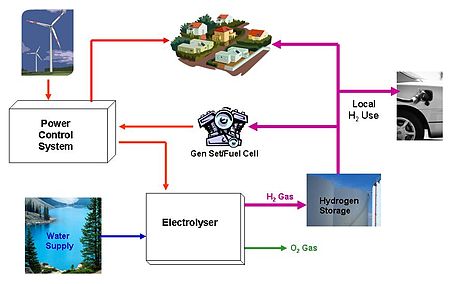The battle to avoid another Thai property bubble
5 April 2019
Fearful of a repeat of the 1997 financial crisis, the central bank has tightened regulations on mortgages
The Bank of Thailand has put a brake on the property market, with a focus on speculative buyers to prevent a repeat of real estate crises.
On April 1 it started enforcing a tougher set of rules on real estate mortgages called the LTV – loan to value ratio – requiring buyers of second and third properties to put more down-payment on their purchases.
The LTV ratio on an individual’s first property purchase remains unchanged at 0-10 per cent so that first-time buyers of houses and condo units are not affected. But the ratio on a second property purchase is raised to 10 per cent in the event that buyers have been paying instalments on their first mortgage for three years or longer.
If the payback on the first mortgage extends less than three years, the ratio on the second mortgage is raised to 20 per cent as a means to mitigate the credit risk, especially among speculative buyers. For a third property purchase, the LTV requirement is raised to 30 per cent when the buyer still has to pay back the first and second mortgages.
Obviously, these new rules are friendly to neither property developers nor speculators, whether Thai or foreign, but they are seen as a preventive measure to curb the development of property-market bubbles.
In 1997 Thailand plunged into its worst financial crisis in recent memory, largely triggered by the bursting of economic bubbles, including those caused by over-investment in the property sector. Lessons were learned and precautionary measures were prepared to prevent another crisis that might be prompted by a systemic credit risk left unchecked.
According to the central bank, 2012 and 2013 were the golden years for the Thai property sector, whose profits and returns on assets as reported by listed real estate firms jumped to a high of 9-10 per cent per annum, up from the previous 6-7 per cent. High profitability led to the entry of new players and further expansion of existing ones, while the relatively low interest rates in Thailand also played an encouraging role in boosting the supply of homes.
For property developers, the cost of funding was therefore favourable to launching new projects. For speculative buyers, there were opportunities for short-term profits.
Since 2012, most players have been reluctant to slow down because their market share could suffer, resulting in the unstoppable accumulation of more homes waiting to be sold. The last two or three years have seen a buyer’s market, with developers going all out to chase less affluent and lower-income buyers with all types of sales promotions. In addition, developers have begun tapping more foreign buyers, especially the Chinese.
So the demand side has dwindled, leaving developers with second- and third-tier potential buyers as well as speculators whose capacity to borrow and buy is comparatively low, while those with actual demand had already purchased amid rising household debt.
Banks have also been struggling to maintain or boost their profits, competing aggressively for mortgage loans despite the rising credit risks. Some lenders have given customers loans beyond their full value (with an LTV ratio above 100), plus an additional or top-up loan. While the lenders’ risks have significantly risen, some believe property prices will continue to rise and the collateral will be sufficient to cover bad debts.
That could be wishful thinking. As of now, prevention is probably better than forging recklessly into another crisis.
Source: http://www.nationmultimedia.com/detail/opinion//30367191

